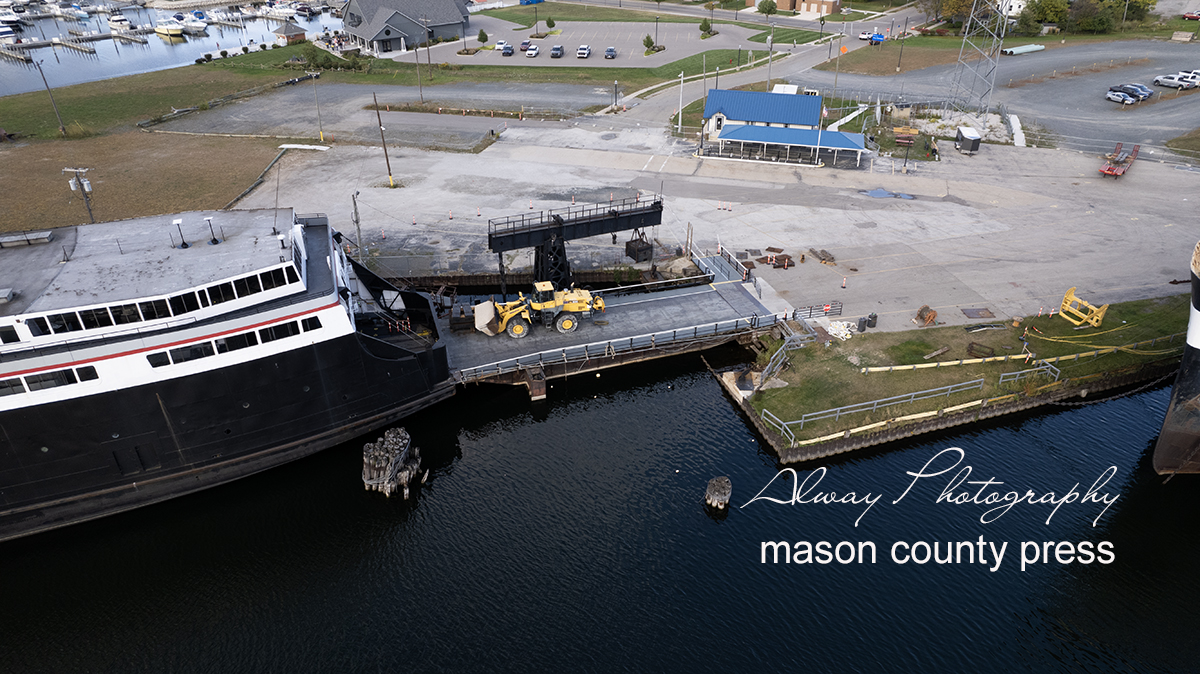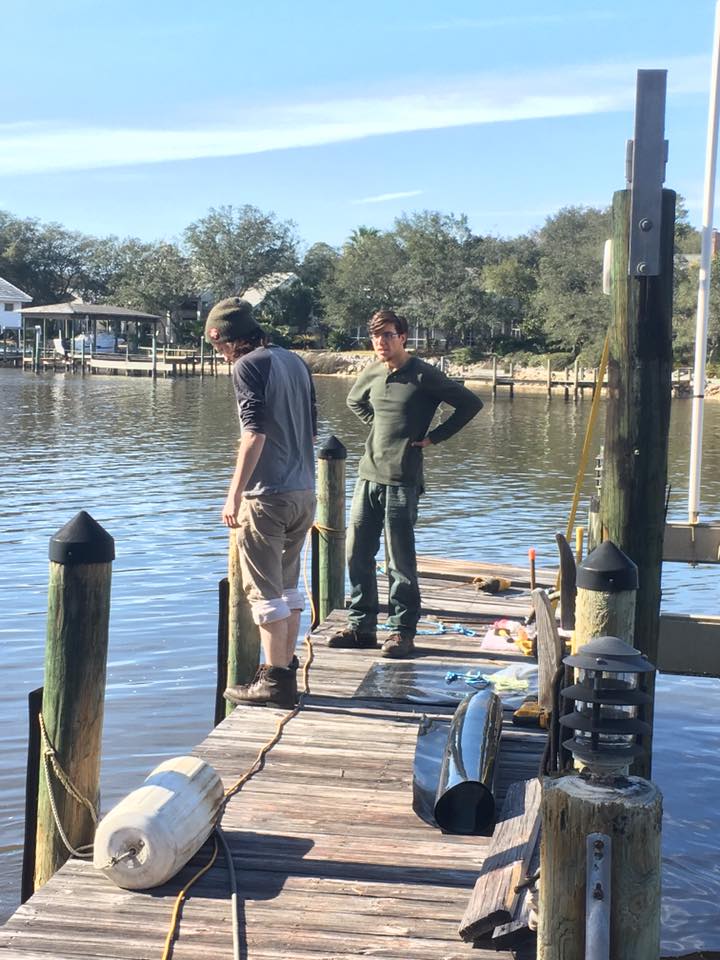Why Normal Upkeep Can Reduce Future Dock Repairs
Why Normal Upkeep Can Reduce Future Dock Repairs
Blog Article
Efficient Dock Repair Techniques: Making Certain Architectural Integrity
Guaranteeing the structural integrity of anchors via efficient repair work techniques is critical for the longevity and security of marine centers. This entails a multi-faceted strategy starting with extensive evaluations using innovative modern technologies like finder equipment and remotely ran vehicles (ROVs) to spot both visible and hid damages. Subsequently, selecting the best repair work products, such as composite materials and corrosion-resistant alloys, is critical for toughness. Structural reinforcement techniques, including the application of cross-bracing systems and load-distribution plates, play an important duty in mitigating anxiety points. The value of these methods ends up being apparent when discovering sophisticated repair work techniques and preventative maintenance strategies.
Evaluating Dock Damage
Examining dock damages is an important very first step in making certain the architectural stability and security of any kind of docking facility. This preliminary analysis involves a detailed evaluation to recognize both noticeable and covert damages. Secret facets to analyze consist of the dock's structure, pilings, outdoor decking, and equipment. Each element must be inspected for indicators of wear, rot, corrosion, or various other forms of destruction that can compromise the architectural honesty.
Architectural designers or certified examiners normally do these assessments making use of specialized methods and tools. Underwater evaluations might use sonar equipment or from another location operated vehicles (ROVs) to detect immersed damages. Above water, aesthetic examinations are enhanced by utilizing wetness meters and other analysis tools to uncover underlying issues not quickly noticeable to the naked eye.

Choosing Repair Service Materials
Selecting the ideal repair products is a crucial action in the dock remediation process, one that straight influences the durability and performance of the fixed framework. Material choice should be driven by factors such as ecological conditions, load-bearing requirements, and compatibility with existing dock parts.
In enhancement to wood, composite products are progressively popular as a result of their resilience and reduced maintenance requirements. Compounds, usually made from a mix of plastic and timber fibers, offer superb resistance to rot, bugs, and UV damage. For metal anchors, choosing corrosion-resistant alloys such as galvanized steel or marine-grade light weight aluminum is vital to avoid corrosion and ensure architectural integrity in saline water conditions.
Epoxy resins and marine-grade sealers are essential for repairing fractures and sealing joints, giving a waterproof obstacle and boosting the dock's overall stamina. By meticulously choosing top notch materials, dock repair services can accomplish lasting outcomes, consequently safeguarding versus future deterioration and making sure risk-free, trusted use.
Structural Reinforcement Methods
Efficient architectural support strategies are critical in ensuring the stability and durability of dock repair services. One basic approach entails making use of steel or composite support bars (rebar) within concrete frameworks. Rebar provides added tensile strength, preventing cracks and distributing loads more evenly. This method is especially efficient for docks exposed to heavy loads or extreme environmental conditions.
An additional necessary method is the application of fiber-reinforced polymers (FRP) These materials provide high strength-to-weight proportions and superb resistance to rust, making them optimal for reinforcing wood or concrete docks. FRP can be used in sheets or strips and bound with epoxy resins to boost architectural integrity.
Supporting and anchoring systems additionally play an essential duty in architectural reinforcement. Cross-bracing, making use of metal or wood beam of lights, can neutralize lateral pressures, lowering persuading and movement. Securing systems, such as helical piers or driven piles, supply a stable structure by moving loads to deeper, extra steady soil layers.
Lastly, the combination of load-distribution plates can assist disperse weight extra uniformly throughout the dock's surface, alleviating local anxiety factors. These strategies jointly make certain that anchors remain robust and safe, efficient in enduring the roughness of their operational atmosphere.
Advanced Repair Approaches

Another advanced technique involves undersea welding, which permits repair work to be carried out without the requirement to dewater the area. This technique is particularly beneficial for dealing with structural issues in submerged dock parts, making certain marginal interruption to operations. Improved welding techniques, coupled with robot systems, supply precision and reliability, thereby expanding the life-span of the dock.
Furthermore, cathodic security systems are implemented to stop corrosion in metallic dock frameworks. internet By utilizing sacrificial anodes or impressed existing systems, these methods efficiently mitigate the electrochemical processes that result in product deterioration.
Finally, advanced monitoring modern technologies, such as structural health surveillance (SHM) systems, offer real-time information on the condition of dock structures. These systems allow proactive upkeep and prompt interventions, inevitably making sure the long-term architectural integrity of the dock.
Upkeep and Prevention
Upkeep and prevention are essential concepts that underpin the durability and safety of dock frameworks. Normal inspections are vital, permitting early detection of damage, potential weak points, and ecological effects. An aggressive approach, involving regular checks for rust, rot, and architectural shifts, alleviates pricey repair work and extends the dock's functional life.
Safety nets need to include applying safety finishings to steel components to defend against corrosion and using treated timber to stand up to degeneration. Additionally, making sure correct drainage and ventilation can stop water buildup, which is a common root cause of architectural destruction. Including quality materials and adhering to maker standards throughout construction and repair work stages additionally play crucial roles in enhancing sturdiness.

Educating employees in dock maintenance finest practices makes sure consistent application of safety nets. Leveraging technological advancements, such as drones for evaluations and sensors for real-time surveillance, go to my blog can even more enhance upkeep initiatives. By prioritizing upkeep and prevention, dock owners can make certain architectural integrity, functional safety and security, and cost-effective monitoring over the dock's life expectancy.
Conclusion
In conclusion, preserving the architectural stability of aquatic centers demands thorough dock repair service techniques. Advanced repair work techniques, combined with normal upkeep methods, guarantee the dock stays safe and operational under diverse environmental conditions.
Making certain the architectural integrity of docks through Get More Information effective repair work methods is extremely important for the long life and safety of marine facilities.Selecting the appropriate repair materials is a pivotal step in the dock restoration procedure, one that straight affects the durability and performance of the repaired structure.Effective architectural support methods are critical in ensuring the security and durability of dock repair services. By prioritizing maintenance and avoidance, dock proprietors can make sure structural integrity, functional safety and security, and economical management over the dock's life expectancy.
In conclusion, keeping the architectural stability of marine centers requires comprehensive dock repair strategies.
Report this page